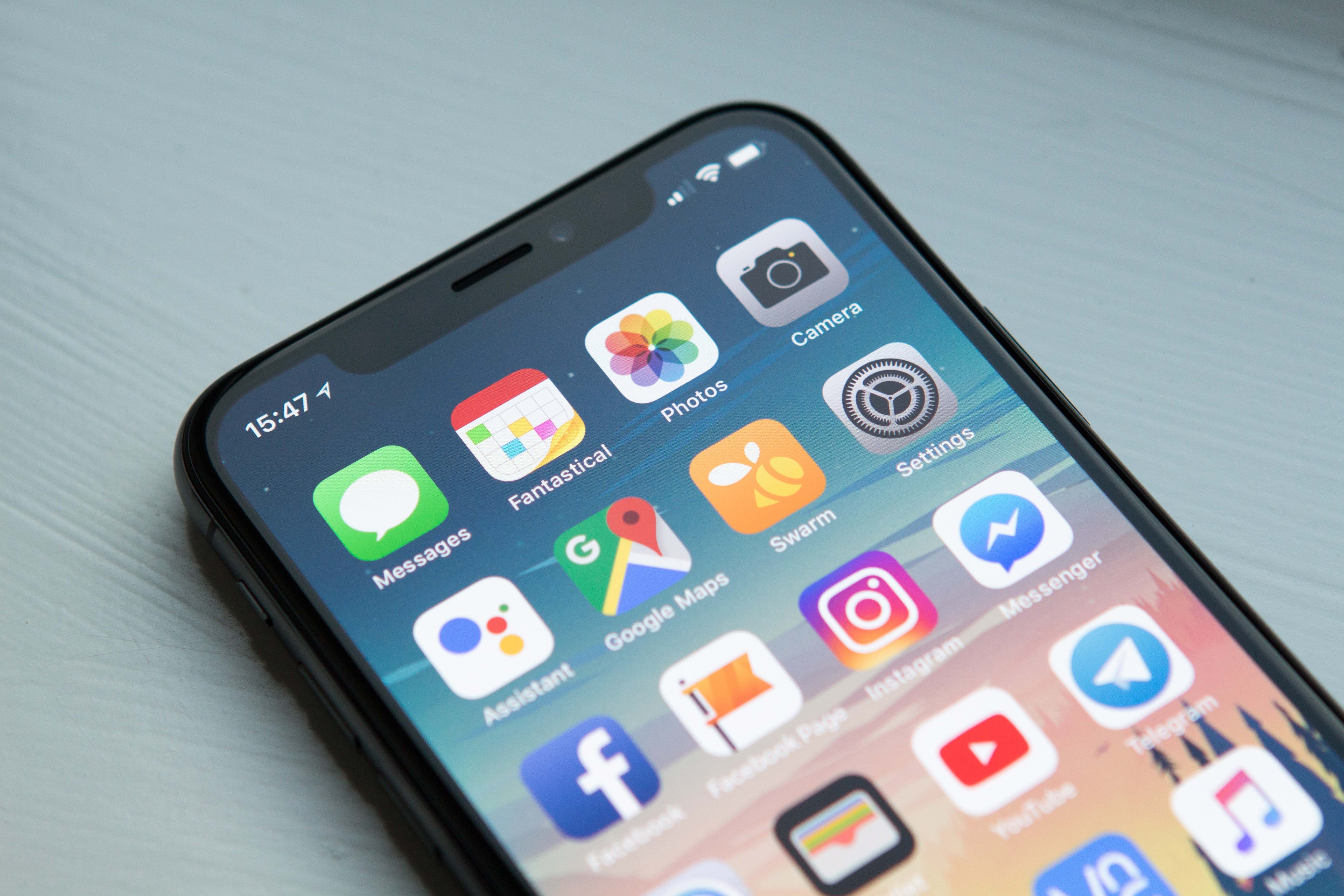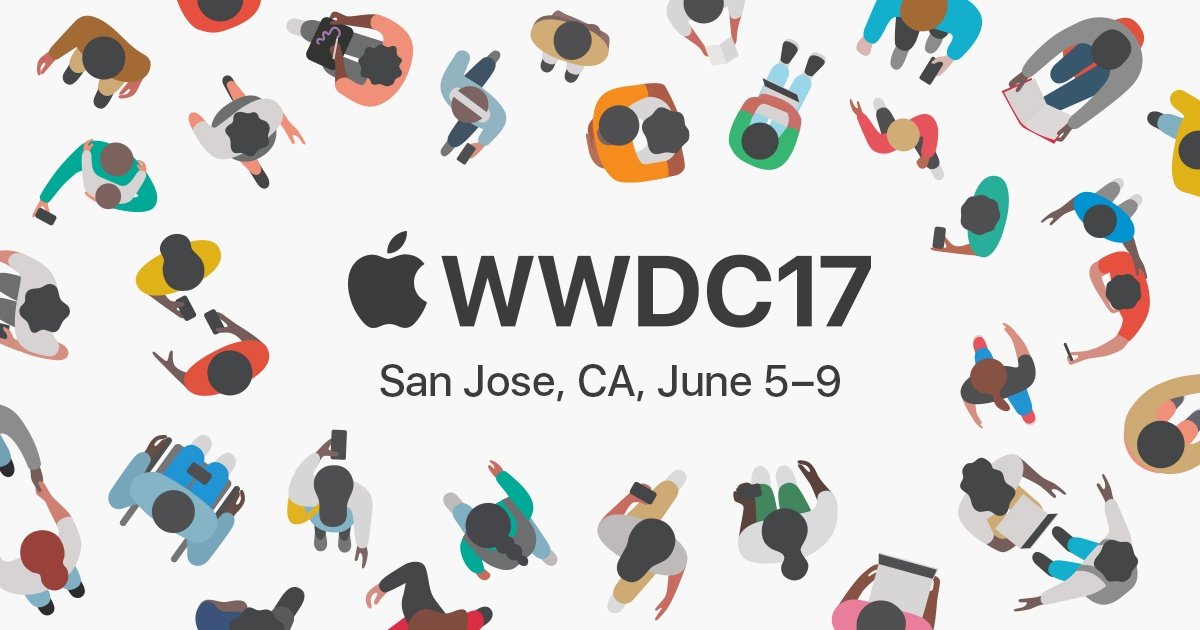For most of us, choosing a flight comes down the same key factors. First, obviously, is the cost; the cheaper the ticket, the better. That’s why there’s so many resources, pieces of advice, and general bits of nonsense online about how if you search for a plane ticket at 3:00 pm on Tuesday, you’ll get the lowest possible price, but if you wait until 3:45 or—heaven forbid—you don’t delete your cookies, you’ll be stuck paying out the nose for space in a puddle hopper’s wheel well.
Other factors are more open to personal preference. Some of us refuse to compromise on direct flights. Others want the shortest layover time. Still others must have an aisle seat, a window, or if they’re a complete psychopath, the middle. But how many travelers think about an airline’s app prior to booking a ticket? I doubt it’s that many.
But it should be.
You see, the chasm in quality among the major American airline apps is remarkable. Some offer a litany of “bonus” features, such as the ability to order food and drinks, upgrade seats, or control in-seat entertainment, basically little perks that make the drudgery of flying more tolerable, whereas other apps fail to offer much more than a means to check-in.
And it’s starting to affect the entire airline industry. Airlines with fewer overall passengers (for now) are already outpacing larger competitors in app usage and are catching up in daily downloads. How long will it be until travelers start prioritizing app convenience when booking a trip?
This Apptopia Insights explores download and usage trends for each major American airline app, explains how and why some airlines are able to come out ahead in app performance despite fewer overall passengers, and examines the overall impact on the travel industry.





